Hello and welcome to the Daily Space for today October 1st 2019. I’m your host Annie Wilson. Most Mondays through Fridays either I or my co-host Dr. Pamela Gay will be here bringing you a quick rundown of all that is new in space and astronomy. Today Dr. Pamela is traveling so we’re going to pretend that it’s Wednesday and do our weekly rocket roundup.
There was only one launch last week so let’s cover that real quick.
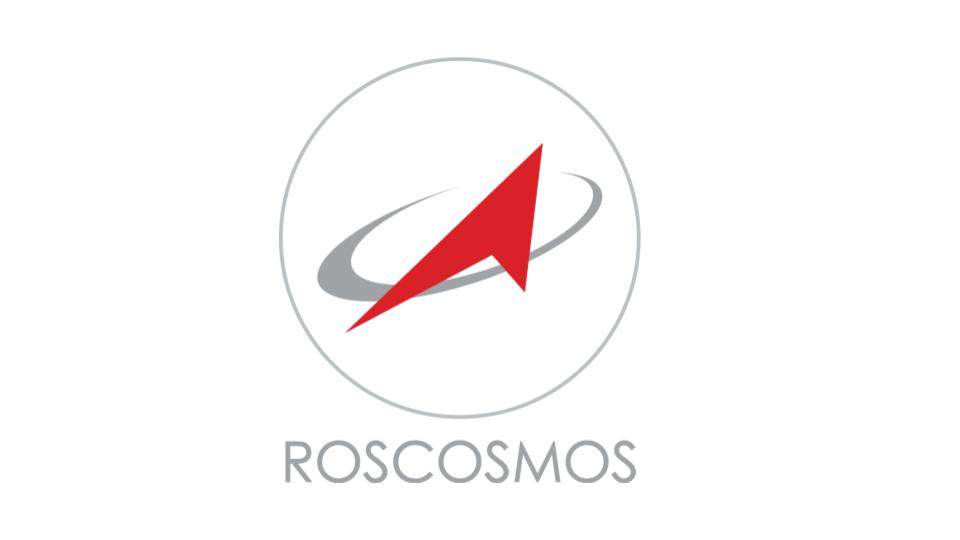
EKS-3 / Tundra 13L / Kosmos-2541 Launch
Links:
- Launch footage compiled by SciNews: https://www.youtube.com/watch?v=Whw8SETBfJQ
- Molniya orbit POV video by R2Rocketeer: https://www.youtube.com/watch?v=x3dtoq9Xl3s
- Info on EKS (Tundra) satellite: http://www.russianspaceweb.com/eks-tundra.html
- More info and infographic on EKS (Tundra) satellite: https://nkknspacepage.wordpress.com/2019/09/22/soyuz-2-1b-ekstundra-03/
On September 26, 2019 at 07:46 UTC, Roscosmos launched an EKS-3 (aka “Tundra”) military early warning satellite launched aboard a Soyuz 2.1b rocket.
Dr. Pamela talked about the Tundra mission last week, so let’s spend a minute on Tundra’s orbit.
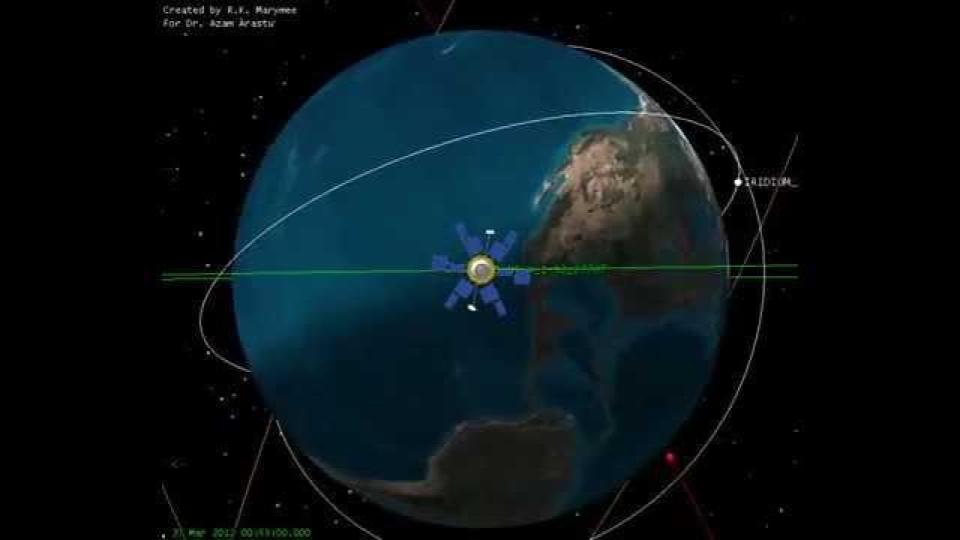
First, a reminder of two common orbits: geosynchronous and polar. So, a satellite in a geosynchronous orbit goes around the equator while a satellite in a polar orbit goes over both the north and south poles. Both of these orbits are fairly round, like a circle with the Earth in the center, and satellites in these orbits tend to move in a steady rate — no speeding up or slowing down.
Tundra will not be parked in either of those orbits. Instead, Tundra is destined for a Molniya. Molniya orbits are shaped more like an oval with the Earth to one side and are on more of an angle. A satellite in a Molniya orbit *does not* travel at a constant speed. As that satellite approaches the Earth it speeds up and literally whips around to the other side. When it’s far away from the Earth, that same satellite moves much slower. This gives the satellite extra time to look at certain locations — for example, latitudes that are close to the poles.
This orbit allows visual and communications coverage of higher altitudes because it’s high altitude at apogee. At apogee it is 39700 KM above the Earth — well past and above that of a GEO satellite. High inclination 63.4 degrees allows coverage to be placed over areas that don’t usually get much (if any) coverage. That combination of high inclination and high altitude at apogee allow for slow transit times prolonging the desired coverage. Meanwhile at perigee with that low altitude that allows to zip around the Earth, speed up and minimizes the less useful close up parts of that orbit.
Next — the things that are launching this week! There are three launches scheduled for this week.
The first launch of the week belongs to China.
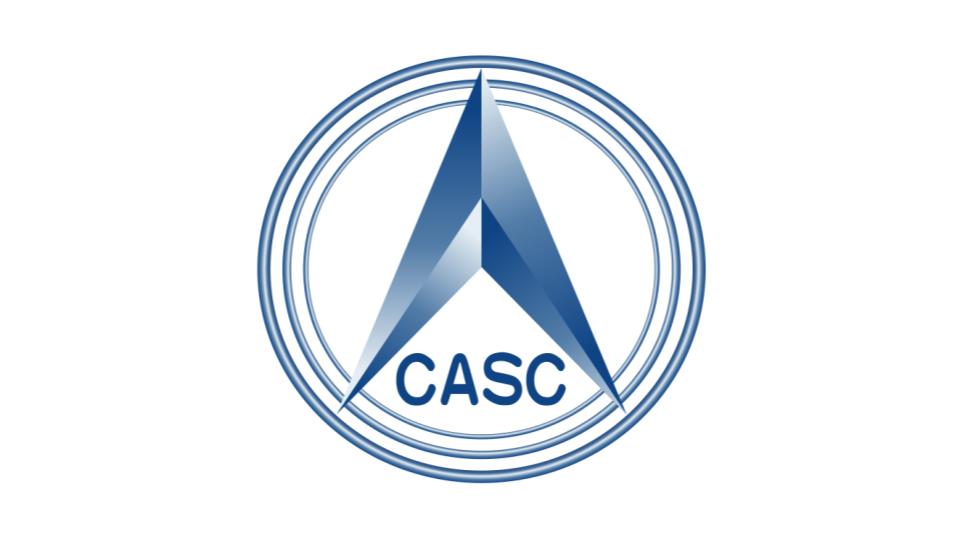
Unknown Payload on Long March 4C
Links:
- Long March rocket family Wikipedia entry: https://en.wikipedia.org/wiki/Long_March_(rocket_family)
- Gaofen-7 (GF-7) info: https://space.skyrocket.de/doc_sdat/gf-7.htm
- Tweet from LaunchStuff: https://twitter.com/LaunchStuff/status/1178029532399439872
On October 3rd at 18:44 UTC they will be launching a Long March 4C rocket. But there’s no official word of what the payload is.
LaunchStuff on Twitter shared an image of no-fly zones, saying “Haven’t found any identical matches however 2 similar-ish ones in the same track are Long March 4C’s from last year with one carrying GaoFen-5 and the other 3 GaoFen-1’s.”
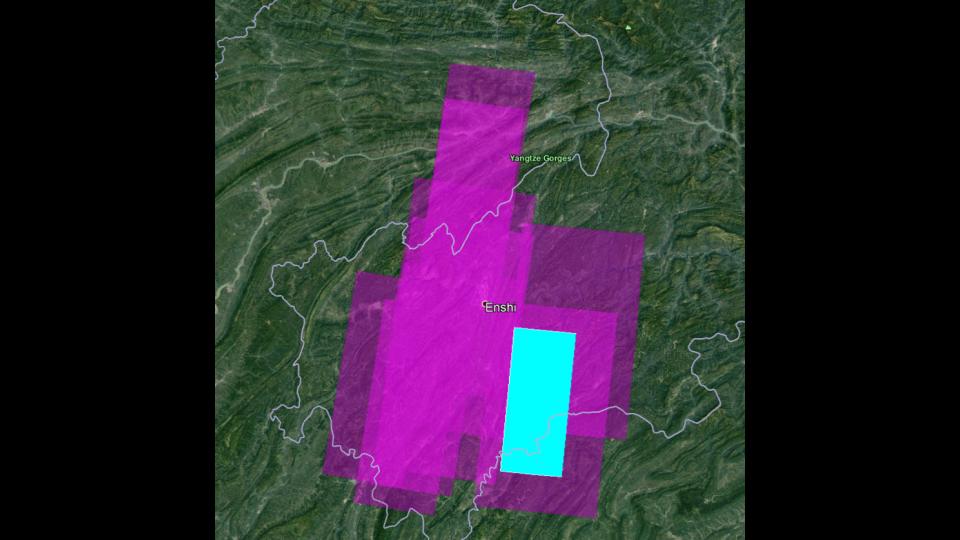
My bet is that it is GaoFen-7, which is the only GaoFen satellite left to be launched and is indeed scheduled to be launched on a Long March 4 rocket.
The mass of GF-7 is 2400 kg and it is destined for a sun-synchronous orbit. Long March 4C can take up to 2800kg to a sun-synchronous orbit.
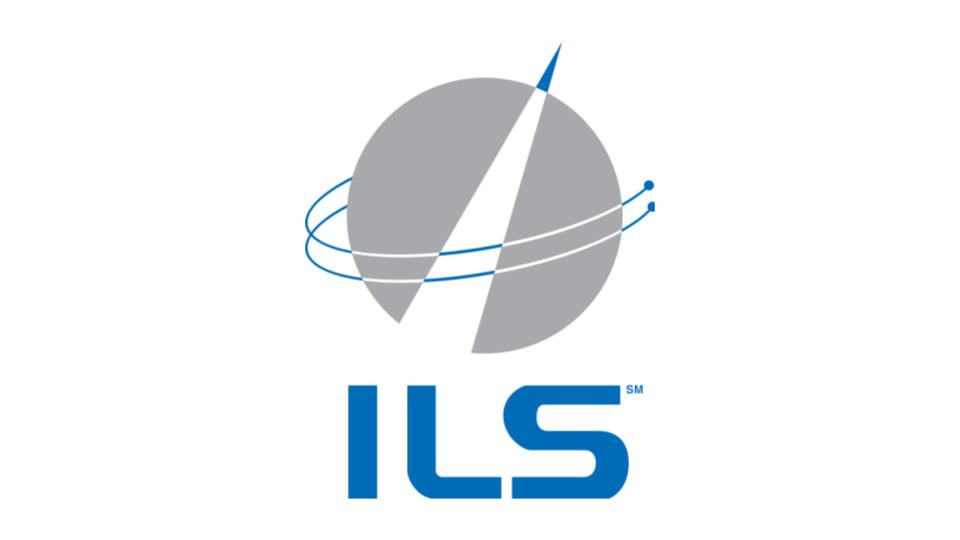
International Launch Services to launch Eutelsat 5 West B & MEV-1 on Proton-M
Links:
- Announcement of new launch date (in Russian): https://tass.ru/kosmos/6936895
- MEV Factsheet from Northrop Grumman: https://www.northropgrumman.com/Capabilities/SpaceLogistics/Documents/MEV_Factsheet.pdf
- E-5WB Factsheet from Northrop Grumman: https://www.northropgrumman.com/Capabilities/CommunicationsSatellites/Documents/EUTELSAT_5_West_B_Factsheet.pdf
- Mission Profile video for MEV by Northrop Grumman: https://www.youtube.com/watch?v=ZQsVDTsAMxQ

Image Credits: Eutelsat 5 West B (artist’s rendering) credit and Mission Extension Vehicle (MEV-1): Orbital ATK / Northrop Grumman
Next up on the launch schedule is International Launch Services.
On October 9th at 10:17 UTC, they will be launching Eutelsat 5 West B & Mission Extension Vehicle-1 on Proton-M.
This mission was supposed to launch on September 30th. Reason for launch change was “a problem related to the interface between the Russian control system and the spacecraft electronics.”
Eutelsat-5-West B, or E-5WB, is a high capacity Ku-band communications satellite which will be serve customers primarily in Europe & North Africa. The “B” in the name is usually indicative of how many satellites are operating in that particular orbital slot. In the short term, E-5WB will share an orbital slot with E-5W and both satellites will work together to provide service to customers. In the long term, the new satellite will already be in position to take over operations when the older E-5W is no longer operational.
The other payload, Mission Extension Vehicle-1 is intended to test the concept of on-orbit mission extension of existing satellites by attempting to rendezvous with Intelsat’s IS-901 communications satellite. Once in position the craft will then attempt to physically join with that satellite – something IS-901 & its counterparts were never designed for – and from that point on provide station-keeping and attitude control services for the out-of-fuel bird, which will then continue its mission.
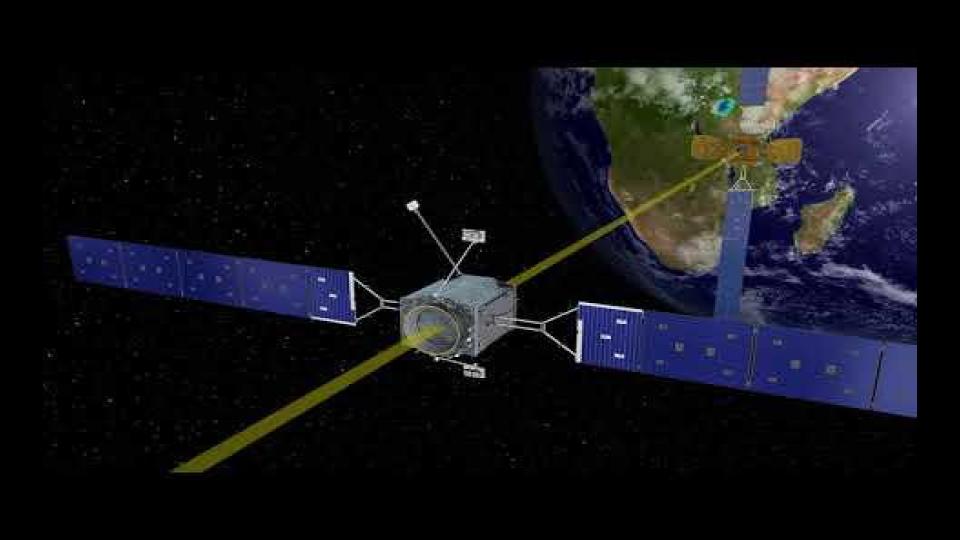
If successful, IS-901’s useful life might be extended for up to 5 years or more, depending on how efficiently the MEV can maintain the position of the joined craft. IS-901 was launched in June of 2001, and has long since past it’s expected 13 year operational life. (Dave says to think of it as a wheelchair or walker for an elderly satellite who can otherwise still take care of itself; it just doesn’t get around like it used to.)
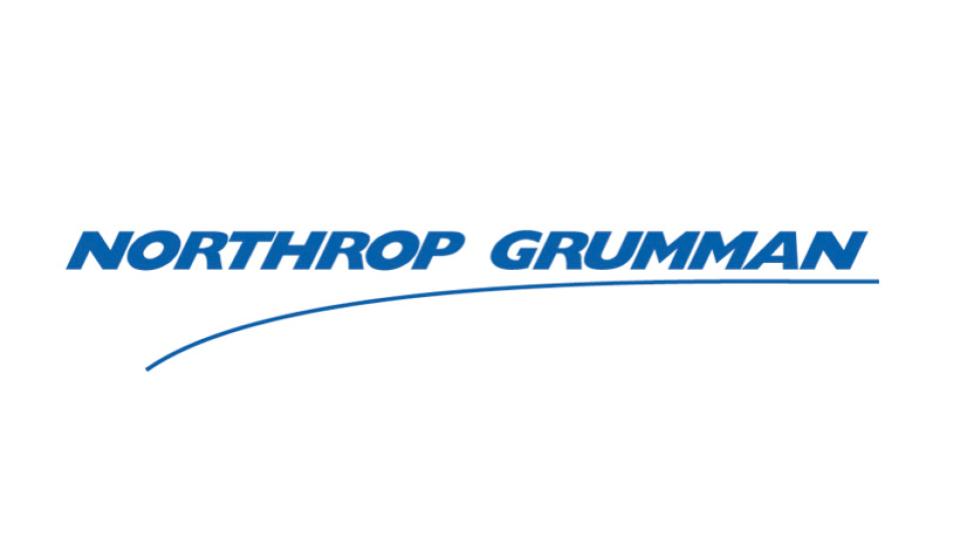
Northrop Grumman to launch ICON
Links:
- NASA press kit on ICON: https://www.nasa.gov/sites/default/files/atoms/files/icon_presskit_oct2019.pdf
- Wikipedia entry on Ionosphere: https://en.wikipedia.org/wiki/Ionosphere
- Wikipedia entry on ICON: https://en.wikipedia.org/wiki/Ionospheric_Connection_Explorer
- Wikipedia entry on Stargazer: https://en.wikipedia.org/wiki/Stargazer_%28aircraft%29
- Image Credit for ICON: NASA Goddard’s Conceptual Image Lab/B. Monroe (https://www.nasa.gov/image-feature/goddard/2016/icon-and-airglow-daytime-view)
- Image Credit for Stargazer: NASA/Lori Losey (https://www.flickr.com/photos/nasakennedy/31664114565/)
The last launch for this week is a bit of an unusual one.
On October 10 @ 01:30 UTC (or, October 9th @ 9:30pm Eastern Time), Northrop Grumman is launching ICON on a Pegasus rocket from a Stargazer L-1011 from Cape Canaveral AFS in Florida.
Now, let’s take a second and break that down. We’re used to missions being launched on rockets. That’s not a problem. What we’re NOT used to is rockets being launched from airplanes. So, what does that even look like?
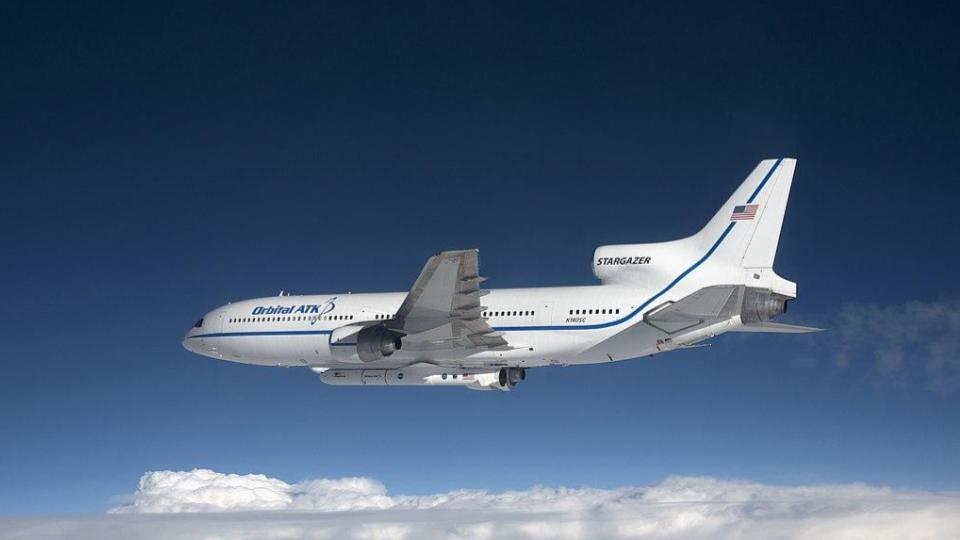
It looks like a huge commercial airliner with a rocket strapped to the bottom. Specifically, the Stargazer is a Lockheed L-1011 TriJet and is only one of three that are still considered flight-worthy. During its time in service as a mother ship, Stargazer has launched at least 43 rockets.
Now, let’s talk about the payload. Ionospheric Connection Explorer, or ICON, will study the ionized part of Earth’s upper atmosphere. This is the region where Earth weather meets space weather.
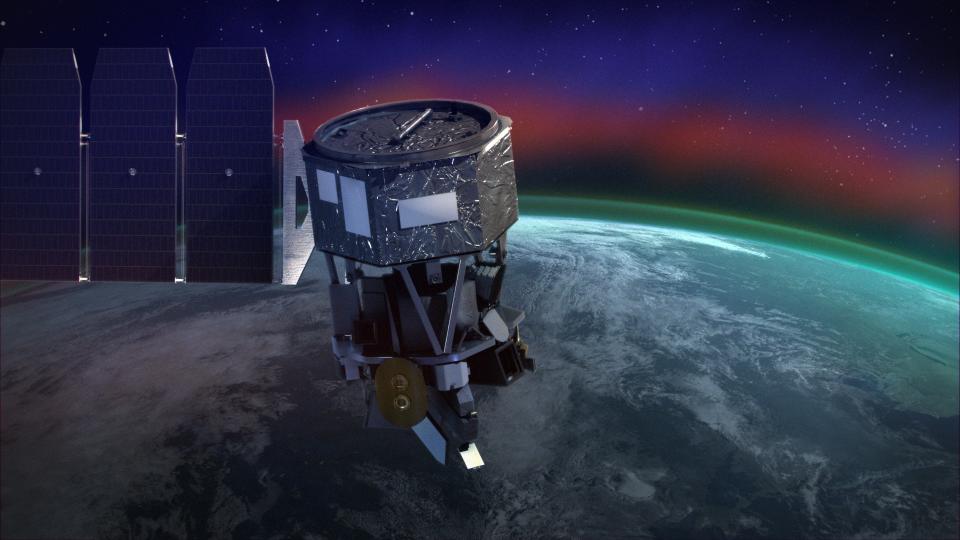
You know how Dr Pamela says that space telescopes are dead to her until they get first light? ICON is an example of why. The first launch date was in June 2017. Repeated delays have kept pushing back launch. Hopefully, it will launch within a week — well over two years from the original launch date!
Once ICON is in orbit, it will collect data of plasma and airglow to further our understanding of the density, composition and structure of the ionosphere.
———————
Thank you all for listening. The Daily Space is produced by Susie Murph, and is a product of the Planetary Science Institute, a 501(c)3 non profit dedicated to exploring our Solar System and beyond. We are made possible through the generous contributions of people like you. If you would like to learn more, please check us out on patreon.com/cosmoquestx
I will now take your questions, and ask you to please at CosmoQuestX to help me find them in the chat. While you type them in, let me remind you that the Daily Space is a production of the Planetary Science Institute, and is hosted by myself and Dr. Pamela Gay.
Last week we launched a new podcast edition of this show. If you want a 10 minute, chaos-free listen, click over to dailyspace.org and check it out. We are still working on getting it listed in podcast directories, but don’t worry, it will be there soon.
Each live episode of the Daily Space is archived on YouTube. If you miss an episode here on Twitch.tv, you can find it later on youtube.com/c/cosmoquest. These episodes are edited and produced by Susie Murph.
We are here thanks to the generous contributions of people like you who allow us to pay our staff a living wage. Every bit, every sub, and every dollar committed on Patreon.com/cosmoquestx really helps. If you can’t give financially, we really do understand, and there are other ways you can help our programs. Right now, the best way you can help is to get the word out. Let you friends know, share our channel to your social media, or leave a recommendation. You never know what doors you are opening.
We really wouldn’t be here without you – thank you for all that you do.


 We record most shows live, on Twitch. Follow us today to get alerts when we go live.
We record most shows live, on Twitch. Follow us today to get alerts when we go live.